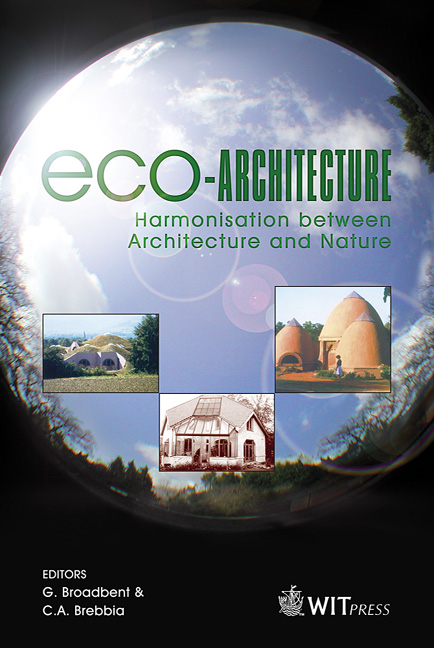Practicing What We Preach
Price
Free (open access)
Transaction
Volume
86
Pages
10
Published
2006
Size
267 kb
Paper DOI
10.2495/ARC060341
Copyright
WIT Press
Author(s)
M. Lawton
Abstract
In 2001 Landcare Research embarked on a journey into the unknown – the design and development of premises for 100 of our staff in Auckland. Sustainability is the central thread of Landcare Research’s core business but we also try to practise what we preach, so when we came to build new accommodation, we knew we had to be innovative and to some extent courageous in breaking new ground. We set and achieved high environmental and sustainable design objectives for the building, based on our ethos as an organisation that champions sustainable development through lowering resource use and dramatically reducing waste. We agreed that the building had to be designed for sustainability. Construction costs were not to be increased because the building was sustainable. Projected energy operating costs should be about 60–70% less than for a conventional building. The building would make minimal use of municipal water, stormwater and sewage systems. In addition, we wanted the building to be a great place to work and to reflect our Pacific culture and specific Auckland location. We continue to adhere to those principles in our ongoing management of the building, and monitor and manage it as a research and demonstration site for low-impact urban design. This presentation will outline the drivers of sustainability in New Zealand and how they were translated into the goals we set ourselves for our sustainable building. It will also focus on the problems that face design professionals and their clients when they choose developments that are not mainstream, and present suggestions to overcome them. Keywords: sustainable architecture, energy efficiency, water management. 1 Introduction It is now well accepted that the world has a limited source of natural resources and a limited ability to deal with waste. That’s a given, a fundamental law of
Keywords
sustainable architecture, energy efficiency, water management.





